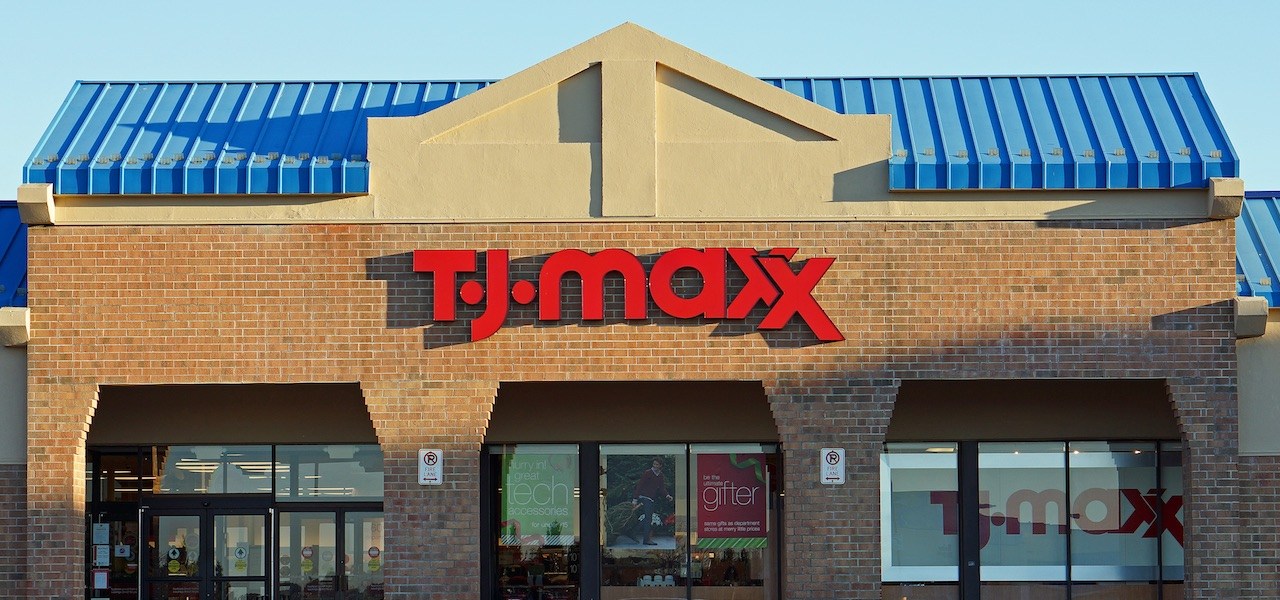Off-price retailers aren’t investing in e-commerce, but competition is growing

It seems like every retailer is relying on its e-commerce business to fuel double-digit sales growth. But there’s still one group of brick-and-mortar chains that have largely resisted selling their products online: off-price retailers.
Last week, Burlington Stores, Inc. announced that it would shutter its e-commerce business altogether, as it only accounted for 0.5% of its total sales.
“We intend to focus our energy and resources on driving profitable sales growth in our bricks and mortar stores,” CEO Michael O’Sullivan said on the company’s fourth-quarter earnings call with analysts.
Burlington’s decision to completely shutter its e-commerce operations is still unusual, but its competitors have also been slow to build out an online business. TJX Companies Inc. just launched an e-commerce site for its Marshalls chain in September, while another one of its chains, Home Goods, still doesn’t sell its products online. Its most well-known chain, TJ Maxx, has had an e-commerce site since 2013.
One of the reasons why off-price retailers have been able to pay little to no attention to their e-commerce operations is because their store sales are growing faster than those of many other retailers. Burlington Stores reported that total sales grew 10% year-over-year to $2.2 billion during the fourth quarter of 2019, while TJX’s sales also grew 10% to $12.2 billion over the same time period.
So instead of building out an e-commerce site, off-price retailers spend that money instead remodeling the stores where customers are already continuing to visit at a healthy pace, or open up new stores elsewhere. O’Sullivan said that’s what Burlington Stores intends to do in the coming year — the company has just 727 stores compared to TJX’s 4,529, so he said the company’s focus would be to “drive increased sales through our existing bricks and mortar stores and through our new store opening program and our store relocation program.”
‘To administer a good e-commerce experience, it requires a certain amount of investment and upkeep and advertising,” said Andrew Lispman, e-commerce analyst at eMarketer. “If it is half a percent of your sales, I think having the courage to walk away is probably smart.”
Ad position: web_incontent_pos1
Off-price retailers also often justify their minuscule e-commerce investments by arguing that their customers like the experience of digging through their products in-store to find the best deal, something that’s not easily recreated online. But it can be more complicated than that: E-commerce isn’t, after all, only about sales.
Looking only through the lens of sales, if a retailer only generates a few percentage points of its sales online, it’s easy to see why they would decide it’s not worth it to have an e-commerce site. But, if off-price retailers are only looking at how many sales their website is directly responsible for, they are missing a bigger point: that many customers often decide which stores to visit based on their websites.
“Online is kind of becoming like that first interaction that shoppers have with a retailer or brand,” Tiffany Hogan, analyst for Kantar Consulting said. “Looking at, ‘here’s the styles you can get from Burlington,’ that is how a lot of shoppers are actually interacting with brands….and having a digital presence is important to gain that share of mind and awareness.”
Off-price retailers face two big challenges in building an e-commerce site. First, because they obtain their products by buying excess inventory from other retailers, it is hard for them to predict what is going to be in-stock and to advertise online. And they may only end up getting five or ten units of an item, that may sell out within days.
Second, because their products are often heavily discounted, it can be harder to get a profitable online transaction. O’Sullivan said last week that one of the reasons why Burlington decided to shutter its e-commerce site is because the average price per unit in its stores about $12.
Ad position: web_incontent_pos2
“E-commerce when you fully account for the cost of merchandising, processing, shipping, accepting returns — it’s very difficult, impossible to make at those price points in the businesses that we compete in,” he said.
Competition for off-price goods online is growing
While Burlington’s online business is going dark, other companies are getting into the discount e-commerce space. In October for example, Simon Property Group joined forces with Gilt Groupe to launch an online outlet website called “Shop Premium Outlets.”
Simon Property Group CEO David Simon told Fortune at the time that, “we know our outlets are going to continue to thrive, but the reality is that some element of that will go online.” If off-price retailers shutter their online business entirely, they risk losing sales to other competitors who are willing to invest in e-commerce.
Additionally, resale businesses like ThredUp and TheRealReal are also training customers to come to their apps to find the “treasure hunt” experience online, argues Jason Goldberg, chief commerce officer at Publicis. Like off-price retailers, resale platforms also carry heavily discounted goods, with a product assortment that changes daily.
“I would argue that [the off-price retailers] are all getting disrupted right now, they’re just not noticing it,” said Goldberg. “Every category thinks they are unique until they are disrupted,” he added.

